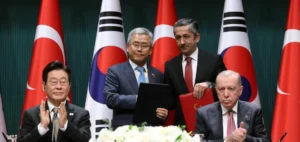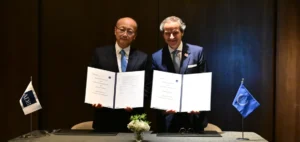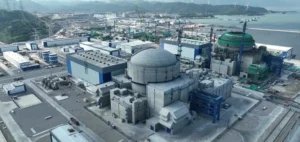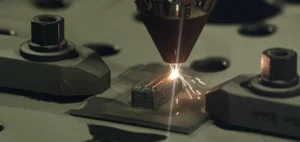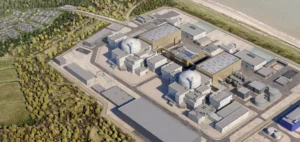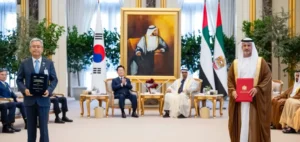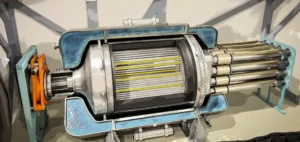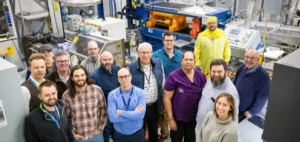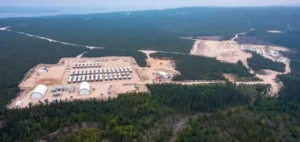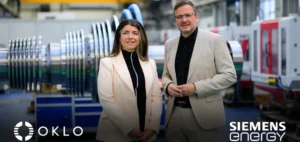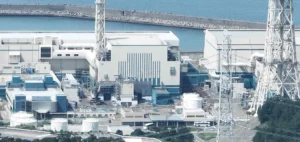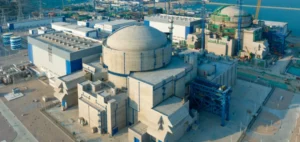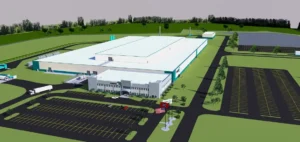British manufacturer Rolls-Royce SMR has formalised key industrial partnerships with Czech company Škoda JS and UK-based Curtiss-Wright to support the manufacturing of small modular nuclear reactors (SMR, Small Modular Reactor). These agreements aim to strengthen the supply of strategic components and secure nuclear protection systems essential for the global deployment of the group’s SMRs.
Industrial agreement between Rolls-Royce SMR and Škoda JS
The memorandum of understanding signed with Škoda JS, a subsidiary of Czech nuclear operator ČEZ, provides for cooperation in the manufacturing of key components for an international fleet of SMRs. Rolls-Royce SMR aims to deploy up to 3 GW of installed capacity in the Czech Republic, in line with government and ČEZ objectives. According to Rolls-Royce SMR management, integrating local suppliers such as Škoda JS is a crucial lever to ensure programme competitiveness and on-time delivery.
Additionally, Škoda JS benefits from the financial backing of its main shareholder, enabling investment in production and engineering capacities needed to develop the SMR sector. This partnership also includes the company ÚJV Řež, responsible for the analysis and testing of critical components. The tests conducted by ÚJV Řež are expected to meet international nuclear safety standards required for the export of these components.
Strategic partnership with Curtiss-Wright for safety systems
In a separate announcement, Rolls-Royce SMR formalised the signing of a multi-million-pound contract with Curtiss-Wright, a British company specialising in nuclear safety systems. Curtiss-Wright will handle the design, qualification, testing, and delivery of the reactor protection systems, called Non-programmable Diverse Reactor Protection Systems. These devices are designed to allow emergency reactor shutdown without relying on microprocessors or programmable devices.
The aim of this partnership is to guarantee a high level of safety and to minimise technical risks linked to the commissioning of the new reactors. Rolls-Royce SMR stated that these devices are based on proven technologies, thus reducing uncertainties during large-scale deployment. Curtiss-Wright management emphasised the opportunity to strengthen jobs and skills in the British nuclear sector through this collaboration.
Industrial deployment and SMR programme roadmap
The Rolls-Royce SMR reactor, with a capacity of 470 MWe, is based on pressurised water reactor technology. Nearly 90% of the modules will be manufactured in factory conditions, limiting on-site work and aiming to significantly reduce assembly times and costs. This industrial model is at the heart of the standardisation strategy pursued by Rolls-Royce SMR to accelerate SMR adoption in Europe and internationally.
Selected by the British government as the preferred technology for the country’s first SMR project, Rolls-Royce SMR is preparing to sign initial development contracts by the end of the year. A final investment decision is scheduled for 2029, and the connection of the first reactors to the grid is expected by 2035. In October 2024, the programme was entrusted with the supply of 3 GW of electricity to Czechia, further strengthening the group’s position in the European modular nuclear market.



